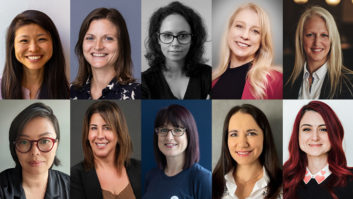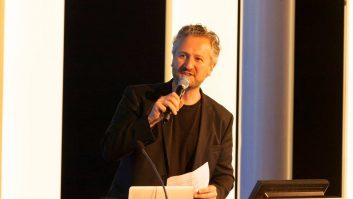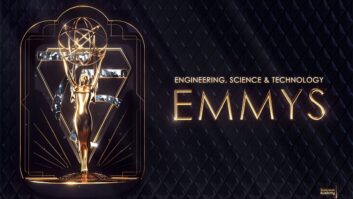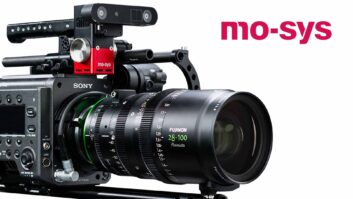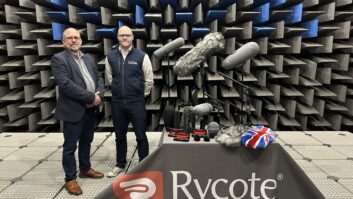
According to research, technology will have eliminated half the workforce in ten years. Neal Romanek talks with Naomi Climer, former president of the Institute of Engineering and Technology, about the future of work and how diversity feeds tech development.
What has your experience at the IET been like?
I have been on the board of the IET for quite a few years. I was the president for one year until September 2016, and now I will be on the Board until Sept 2017 as immediate past president.
It has been a privilege to play a senior role in the IET. It gave me the chance to make a difference and to meet an extraordinary range of people from all over the world from many different disciplines. I’ve been able to learn about other fields of engineering, and to try to influence people – such as politicians or teachers – to care about how engineering could change the world. And of course I’ve tried to champion the need for diversity in engineering.
What are the main issues being addressed at the IET right now?
The IET championed the cause of ‘horizontal innovation’ throughout 2016. The Horizontal Innovation initiative aims to drive wider transfer of technology from one sector to another.
It is a concept that all kinds of industries could benefit from, and it could give us the answers to some of our greatest challenges. I’ve seen innovation between broadcasting and other industries that exploit audio/visual technology such as surgery, security and many other corporate environments.
As part of the Horizontal Innovation Programme, small or medium-sized enterprises in the UK were invited to apply for funding up to the value of £35,000 to adapt and commercialise their technology to help solve a real-life healthcare challenge in the NHS.
Also, the IET’s Engineer a Better World campaign, which launched in March 2015, has continued with several initiatives to encourage parents and young people, especially girls, to think about engineering as an exciting and relevant career. Initiatives have included Engineering Open House Day, Ask the Engineers and the Junior Board.
In September 2016 the IET reported from its annual Skills Survey that 91 per cent of companies agreed that employers need to provide work experience for those in education or training to improve the supply of engineers and technicians. As a result, the IET launched a new campaign: ‘Engineering Work Experience for All’ to champion the need for employers and universities to collaborate in offering quality work experience to engineering students. The campaign is designed to rally employers, universities, government and students to make a range of different, quality work experience opportunities more widespread.
Each year the IET puts on an activity at IBC in Amsterdam to help us engage with our members in the broadcast industry. In September 2016, the IET collaborated with IBC for the eighth year running to produce a special interest publication, The Best of IET and IBC. This year is IBC’s 50th year, so we anticipate stepping up a gear to celebrate this milestone.
Most people would agree that we need more women in STEM fields because it’s the right thing to do. But for the morally bankrupt among us, what’s the business case?
You won’t be surprised to hear that I think we need more women in STEM fields. In fact, we need more diversity generally. There are a couple of reasons that I think this is compelling, apart from thinking it would make STEM a better place for everyone to work
First, there’s plenty of evidence – McKinsey, Gallup, World Economic Forum, et cetera – that companies, and even countries, with better diversity achieve better business results. The reasons the research gives for this include stronger innovation, better ability to connect with the full range of potential customer needs, balance between different styles leading to stronger decision making and so on.
Secondly, partly drawing on that research, it seems likely that the technical outcomes will be stronger from a diverse team of engineers. It’s increasingly important that technology is designed and built with end users in mind. Ensuring that the team is representative of the whole spectrum of end users is important.
Also with the way that technology is increasingly interconnected rather than standalone, it is essential that an engineering team not only be able to design and build technology with an understanding of the users, but also that they can build relationships with many connected parties and collaborate with them for the lifetime of the technology. Although each individual has their own strengths – a diverse team is better equipped to cover the wide range of skills needed to develop connected technology.
You’ve expressed interest in the potential of crowdsourcing, especially as it regards standards bodies. How can crowdsourcing be used more effectively?
Looking at how the world is going to change in the future, I’m interested in how our hyperconnected society is enabling completely new models for things – from business models such as Airbnb and Uber to significant crowd-sourced projects such as Wikipedia.
Although I’m sure the process would need careful finessing, I can imagine even complex standards being developed very much as Wikipedia articles are – open to editing by all, peer reviewed and continuously evolving. My concern about our current standards processes is that they are quite slow while technology evolution is rapid.
As an industry, I think we have a great track record of collaborating between companies and internationally. It’s crowdsourcing but with a select ‘crowd’! However, our industry is changing and there are many new players who are moving faster than our traditional processes. So I believe that our standards activities are ripe for evolution and I hope to see some of the established standards bodies taking a lead on this.
How will automation and virtualization change the media industries and the way we work?
I’m on a commission about the future of work, and we’re considering this topic in its widest sense. Research on the impact of automation and artificial intelligence suggests that more than 50 per cent of current jobs won’t exist in 10 years. In the past, technology advances have created more jobs than they’ve destroyed, but this may not continue.
However, research does suggest that roles with creative and interpersonal elements will be amongst the last to be automated, so I believe that human creativity will have a place in broadcasting for some time! The broadcast industry in particular will be struggling to make meaningful sense of all the data that they have about content and viewers – turning that data into knowledge and ultimately, wisdom. Ensuring that those using bots and algorithms are using the data in the most intelligent way will be an important role for engineers and creatives in the future.
Will the TV industry eventually become a pure “IT” industry? Will broadcast standards eventually be subsumed entirely into IT standards?
The TV industry has become much more IT-based than it ever was. Distribution has been transformed by IT-based methods, and production is following first with file based working and IP production.
But even within the pure IT domain, I believe that the world of broadcast will have the opportunity to drive some standards. AV is so ubiquitous that our industry has the opportunity to bring expertise that benefits a much wider set of users. I can imagine a time where the pure broadcast hardware is minimal – even cameras will eventually just be a lens and image sensor with everything else happening in the standard IT infrastructure!
Who was really responsible for the Sony hack? Sorry, but I had to ask!
I’m obviously not an official spokesperson for Sony anymore, but I think it was pretty well publicised that the Sony hack was perpetrated by North Korea.
I was actually based on the Sony Pictures Lot in California at the time of the hack – it was an extraordinary time. I learned a lot from this experience. I realised that although many things could have been done technically better to improve resilience against hacking, in reality if a well-resourced government decides to hack you, you probably won’t be able to spend enough to be 100 per cent secure.
However, knowing what you might do if a hack does occur can really make a difference to your recovery. For example, do you know how you’d contact thousands of staff if you couldn’t do it through their work email or your intranet?
